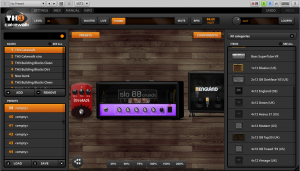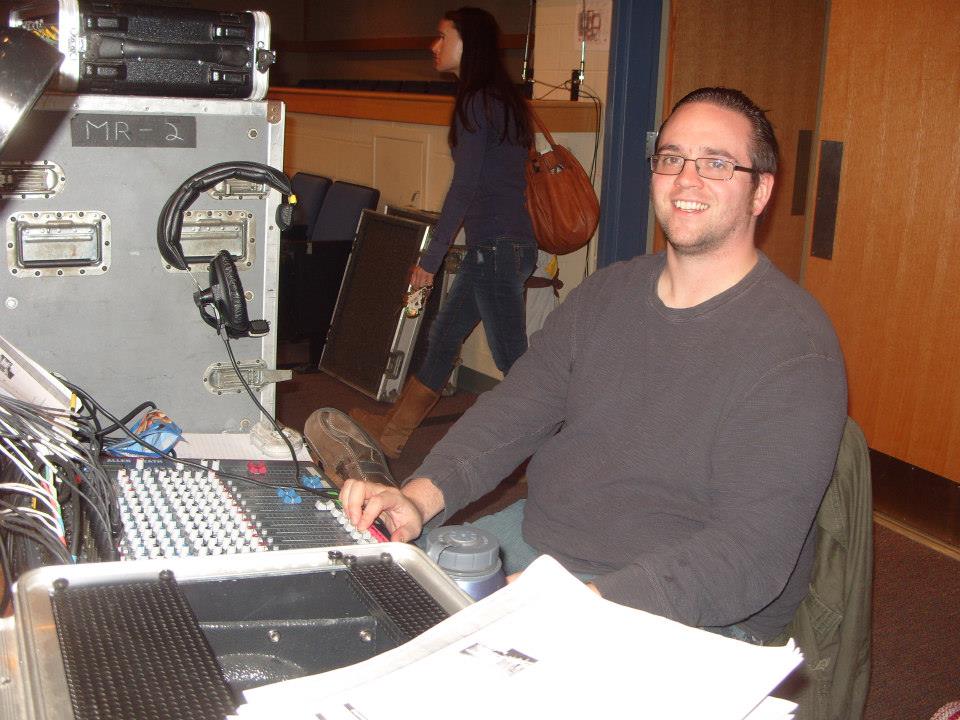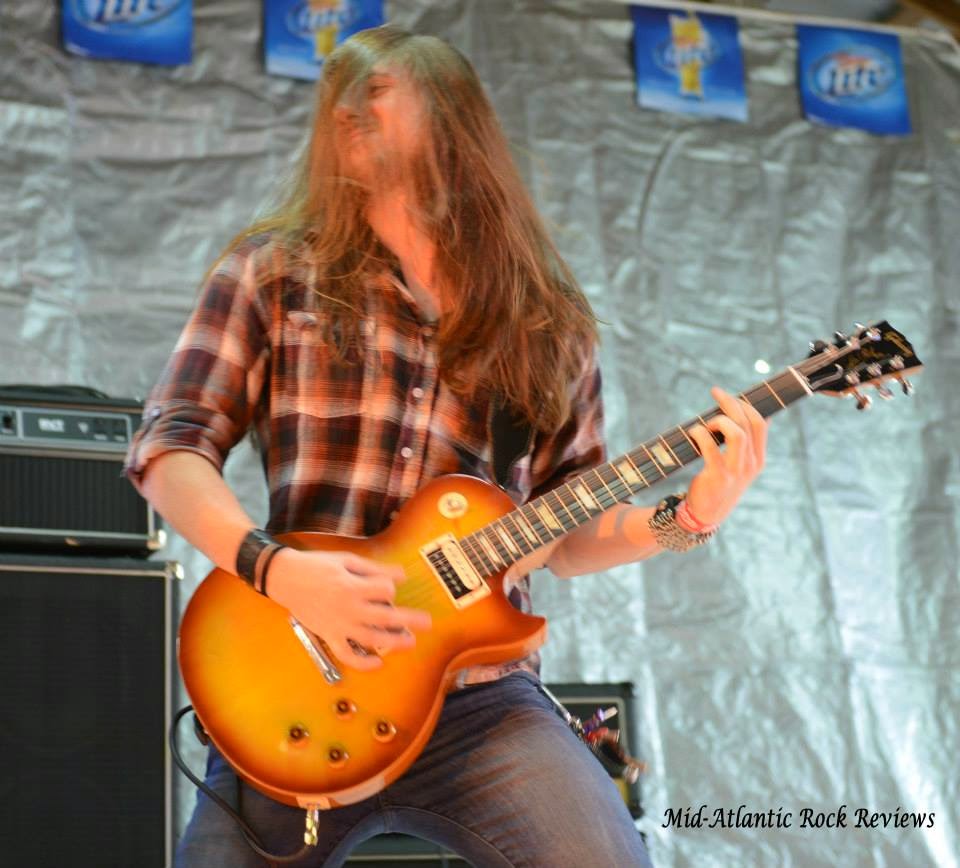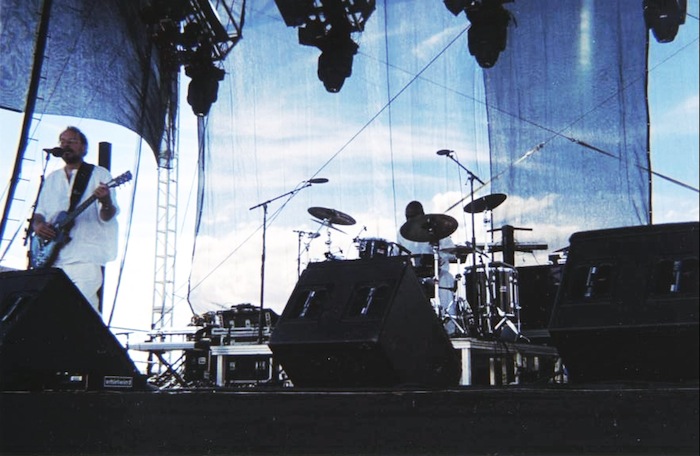What a Year…!
It’s been quite a year for all of us at Cakewalk. Not only did we build our most stable initial release of SONAR ever and fold in multiple features and workflow updates, but we also built the infrastructure for our new Membership program from the ground up. This framework lets us break out of the monolithic “waterfall” model of annual updates and do smaller but more frequent updates. This is very exciting for developers, because we can be more responsive and update our software without the previous release management overhead. Our users have wanted more frequent updates as well, so this is a major achievement for us.
The SONAR community has already noticed the tangible improvements in the performance and stability of our latest SONAR release. In this article I’ll cover some of the “under the hood” work that went into building the new SONAR. If you’re not familiar with the latest additions, you can get started by reading about all the new features here.
I’d also like to mention that this would not have been possible without your support. All of us at Cakewalk feel very fortunate to have such an active, engaged user base that inspires us to create continued improvements and enhancements. We are very excited about what’s planned for the year ahead, but meanwhile, here’s what we’ve been up to in the past year.
Cakewalk Command Center (C3)
Cakewalk Command Center implements and manages a “connected installer” workflow. It communicates with cakewalk.com to access a customers profile so it can identify and install owned products, as well as serve as a convenient launcher and update manager. Presently, the C3 interface only lists newer “connected products” since those are the only ones it knows how to install and manage.
Although it’s not necessary to use C3 to download, install, and authorize products, it’s by far the simplest way to manage and install newer SONAR versions and updates. Although you can install and authorize products with a manual download and authorization process, we highly recommend installing C3 (it has a very small footprint), even if your computer doesn’t have a permanent internet connection.
The new download/install/authorization mechanism can handle a wide variety of user requirements, even for those who run their DAWs offline.
One-click install
The SONAR installers have been redesigned to be modular and small. One of our design goals was to have a new user go from download to running SONAR in under 5 minutes. As a result, with a moderately fast internet connection you can be up and running with SONAR Platinum literally with the click of the Install button. Gone are the days of waiting for long downloads and attended updates. Another nice touch is you don’t need to enter a serial number and authorization code manually. This is all automated by C3 when you install and run SONAR.
Rollback mechanism
Under the new membership model, features are available to members as soon as they’ve gone through final testing. C3 provides a convenient way to access new features, but also allows rolling back to prior versions Continue reading “SONAR 2015: "Under the Hood" Enhancements and Fixes”
 Here at Cakewalk we are fortunate to have an external team of rocket scientists who help test out SONAR beta releases. This team is dedicated, passionate and most of all appreciated by all of us internally here at the Cake shop. Recently I received a general email from one of my esteemed colleagues mentioning that one of our trustworthy beta soldiers was jumping off the beta-battlefield in lieu of another SONAR related activity. Huh? This peaked my curiosity and I felt obliged to dig a bit deeper on the subject. What could “another SONAR related activity” involve? SONAR Olympics? SONAR CPU Racing? SONAR Academy?
Here at Cakewalk we are fortunate to have an external team of rocket scientists who help test out SONAR beta releases. This team is dedicated, passionate and most of all appreciated by all of us internally here at the Cake shop. Recently I received a general email from one of my esteemed colleagues mentioning that one of our trustworthy beta soldiers was jumping off the beta-battlefield in lieu of another SONAR related activity. Huh? This peaked my curiosity and I felt obliged to dig a bit deeper on the subject. What could “another SONAR related activity” involve? SONAR Olympics? SONAR CPU Racing? SONAR Academy?



 There are a lot of changes with the new TH3 Cakewalk including the new and upgraded User Interface which I will get into, but I bet a lot of folks like me really base their judgments on how things sound. The good news is that once you are up and running with the plug-in you will notice a nice improvement on the sound quality from TH2 Producer/Cakewalk. 5 new amp models with more accurate model reproduction are included in TH3 Cakewalk, and all have improved DSP along with enhanced preamp and power amp stages. To my ear, I notice a more “open and natural” sound in general, but also notice a more responsive relationship between the pick and the strings in terms of “feel”—like when you play a guitar through an amp that just had the tubes replaced. I also notice more presence overall, but the right type of presence without harshness. The low-mids and mids are thick and punchy and I especially love the new Slo88 and Tweed Deluxe amps which have a lot of character. The Bassface is a beast as well; this amp is a secret weapon for many rock producers who use it to double rhythm guitar parts recorded with other amps. Blending these two sources together produces a tone that is about as thick as it gets.
There are a lot of changes with the new TH3 Cakewalk including the new and upgraded User Interface which I will get into, but I bet a lot of folks like me really base their judgments on how things sound. The good news is that once you are up and running with the plug-in you will notice a nice improvement on the sound quality from TH2 Producer/Cakewalk. 5 new amp models with more accurate model reproduction are included in TH3 Cakewalk, and all have improved DSP along with enhanced preamp and power amp stages. To my ear, I notice a more “open and natural” sound in general, but also notice a more responsive relationship between the pick and the strings in terms of “feel”—like when you play a guitar through an amp that just had the tubes replaced. I also notice more presence overall, but the right type of presence without harshness. The low-mids and mids are thick and punchy and I especially love the new Slo88 and Tweed Deluxe amps which have a lot of character. The Bassface is a beast as well; this amp is a secret weapon for many rock producers who use it to double rhythm guitar parts recorded with other amps. Blending these two sources together produces a tone that is about as thick as it gets.
 As a fan of our bakers and all the great features coming out of the Rolling Updates, I absolutely love exploring all the new things SONAR brings every month. As a big fan of Lounge Lizard, I was really excited to learn that we would be incorporating the Ultra Analog Session 2 (UAS2) instrument into SONAR this month. So at this year’s Namm convention I made a point of meeting up with my buddy Marc over at Applied Acoustic Systems to learn more about the synth before trying it out.
As a fan of our bakers and all the great features coming out of the Rolling Updates, I absolutely love exploring all the new things SONAR brings every month. As a big fan of Lounge Lizard, I was really excited to learn that we would be incorporating the Ultra Analog Session 2 (UAS2) instrument into SONAR this month. So at this year’s Namm convention I made a point of meeting up with my buddy Marc over at Applied Acoustic Systems to learn more about the synth before trying it out.







